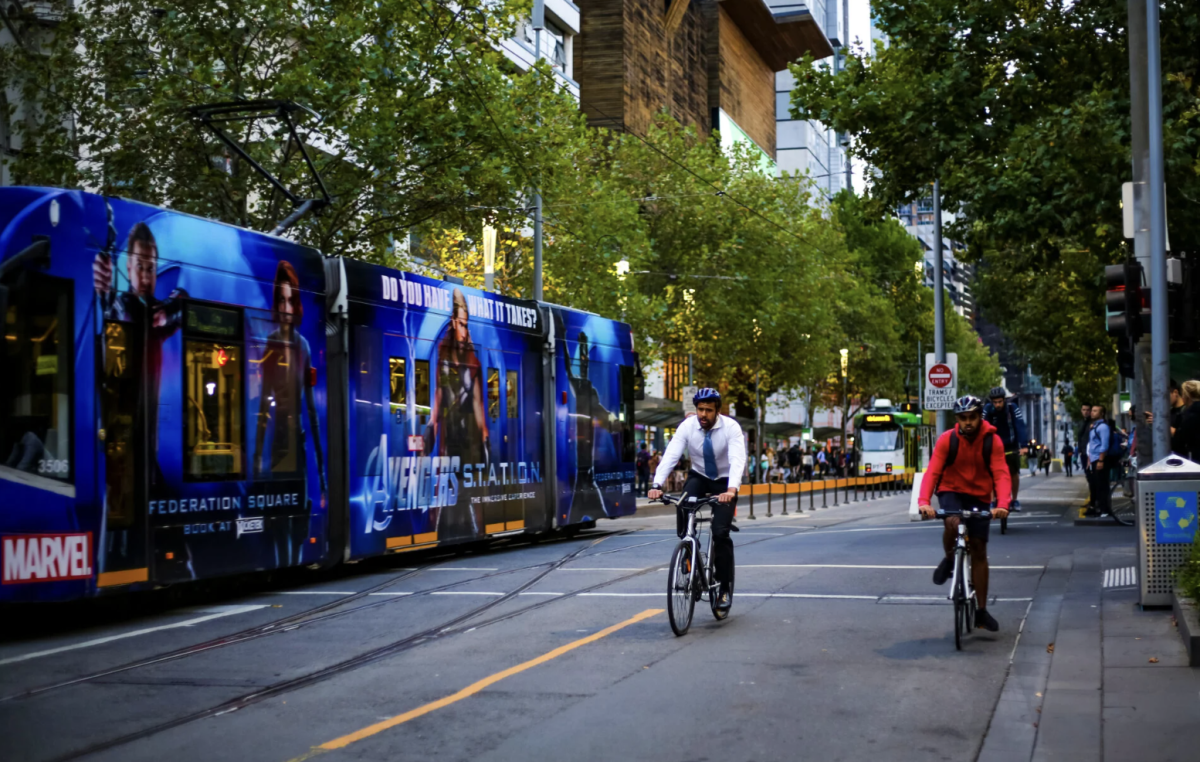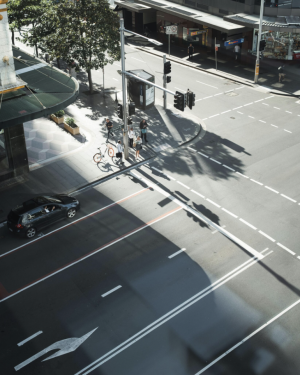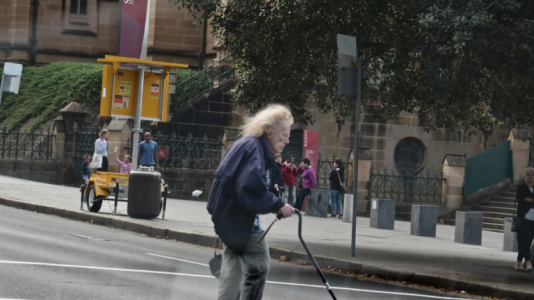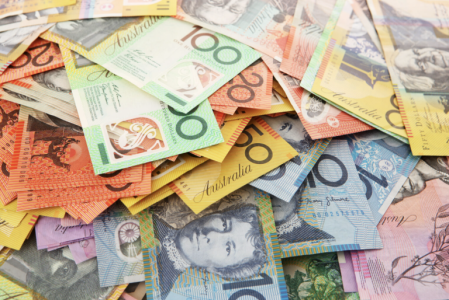
Sometimes the rules on the road can catch even the most careful drivers off guard. What seems like a harmless action can suddenly result in a hefty fine and unexpected penalties.
Recently, one motorcyclist discovered just how confusing these little-known traffic laws can be, highlighting the importance of knowing exactly what is and isn’t allowed when navigating busy streets.
What exactly did Anna do wrong?
When Sydney motorcyclist Anna Ranford shared her $844 fine on social media, the collective gasp from fellow Australians was almost audible.
'I’ve just been charged $844 and 3 demerit points. I don’t mean to rant, but why is it so much money?'
Three demerit points for what seemed like a perfectly reasonable manoeuvre, filtering alongside a parked car during slow traffic.
Her bewilderment was genuine: 'No one was at risk,' she explained. But Anna had unknowingly fallen foul of one of Australia's most misunderstood road rules.
The sting in Anna's story isn't just the hefty penalty. It's how many of us, riders and drivers alike, might make the same costly mistake.
Anna's error was filtering between moving traffic and a parked car, rather than between two moving lanes.
While this might seem like splitting hairs, there's solid reasoning behind the distinction.
Lane filtering is prohibited in school zones during school hours, along the kerb or road edge, and alongside parked vehicles.
The logic is straightforward but crucial: people step out of parked cars, often without looking.
Pedestrians walk between parked vehicles. When a motorcycle filters close to stationary cars, visibility becomes critically compromised for everyone involved.
Sydney lawyer Avinash Singh explained that lane filtering is only legal under very specific conditions.
'The rider must be between two separate but adjacent lanes travelling in the same direction as traffic,' he said.

'Further, the rider must be travelling at a speed of less than 30 km/hr and it must be safe to lane filter. Lane filtering is specifically prohibited in school zones and by P plate or learner riders.'
'The reasoning behind this is that people often get in and out of parked cars or walk next to parked cars. When a motorcyclist lane filters close to a parked car, there is a significant risk that they are not seen and can cause an accident.'
The rules aren't as simple as they seem
Here’s something that may surprise many Australians: lane filtering on a motorcycle is now legal in all states and territories across the country.
This represents a significant shift from years past when the practice was largely prohibited.
Lane filtering is legal across Australia provided you are riding at 30 km/h or below and it is safe to do so, although specific rules may still differ between states.
The keyword here is 'safely', and that's where Anna's situation becomes complicated.
Legal lane filtering requires specific conditions: fully licenced riders only, speeds under 30km/h, sufficient space between vehicles, and crucially, filtering between two lanes of moving traffic heading in the same direction.
'Despite calls to standardise lane filtering legislation, the laws and penalties remain inconsistent across Australia.'
Why the penalties vary so wildly
The punishment for getting lane filtering wrong isn't just inconsistent, it's dramatically different depending on where you live.
Despite calls to standardise lane filtering laws, the regulations and penalties continue to vary across Australia.
Consider these striking differences: in Western Australia, breaching lane filtering rules carries a fine of $100 and 2 demerit points.

In South Australia, however, riding a motorcycle while illegally lane filtering can attract a maximum fine of $2,500.
Queensland falls in the middle, imposing a $483 fine and three demerit points for illegal lane filtering.
Meanwhile, in New South Wales (NSW), motorcyclists caught lane filtering at speeds over 30 km/h face substantial fines and three demerit points, reflecting the situation Anna experienced.
Lane filtering penalties across Australia
- Western Australia: $100 fine + 2 demerit points
- Queensland: $483 fine + 3 demerit points
- New South Wales: 'Heavy fine' + 3 demerit points (Anna's $844 fits this category)
- South Australia: Up to $2,500 maximum penalty + 3 demerit points
- South Australia: Up to $2,500 maximum penalty + 3 demerit points
What this means for car drivers
Even if you've never sat on a motorcycle, these rules matter to you.
Understanding legal lane filtering helps predict motorcycle behaviour and promotes safer road sharing.
When motorcycles filter legally between slow-moving lanes, they're following established rules designed to improve traffic flow and safety.
As a car driver, you can help by:
- Maintaining consistent speeds in slow traffic rather than constantly stopping and starting.
- Checking mirrors before changing lanes, especially during heavy traffic.
- Leaving adequate space between your vehicle and the one ahead.
- Being aware that motorcycles may legally appear between lanes during congestion.
The rules also protect pedestrians. That prohibition on filtering next to parked cars isn't arbitrary; it recognises that people emerge from stationary vehicles and walk between cars, often focused on their destination rather than scanning for approaching motorcycles.
Why motorcycle safety matters to everyone
Motorcyclists represent some of our most vulnerable road users.
While they're working within legal frameworks to navigate traffic safely, the consequences of accidents involving motorcycles are typically severe for all parties involved.

The high penalties for illegal lane filtering reflect this reality.
The substantial fines act as deterrents because 'motorcyclists have caused a number of accidents resulting in serious injuries through illegal lane filtering'.
Did you know?
Did you know?
The maximum penalty for illegal lane filtering can reach $2,200 in NSW, but if an accident occurs with property damage, motorcyclists can face charges under the Crimes Act 1900 with penalties up to five years imprisonment.
Safety tips for sharing the road
Whether you're behind handlebars or a steering wheel, these principles promote safer roads for everyone:
For car drivers:
- Use indicators early and clearly when changing lanes.
- Check blind spots thoroughly, especially during heavy traffic.
- Maintain steady following distances to give motorcycles filtering space.
- Be patient with motorcycles positioning themselves safely at traffic lights.
For motorcyclists:
- Ensure you hold a full licence before attempting to filter.
- Keep speeds well below the 30km/h limit when filtering.
- Only filter between moving traffic lanes, never alongside parked cars.
- Abort filtering attempts if space becomes tight or visibility poor.
The bigger picture
Anna's expensive lesson highlights a broader issue about road rule awareness.
Even with the best intentions, many road users remain unclear about evolving traffic laws.
Source: @annaranford / Tiktok.
The introduction of legal lane filtering across Australia represents progress toward more efficient traffic management, but only when everyone understands the boundaries.
The confusion in social media comments on Anna's post, with many people insisting her behaviour should be legal, demonstrates how widespread misunderstanding remains.
Some suggested she challenge the fine in court, apparently unaware that filtering alongside parked cars violates the specific conditions required for legal lane filtering.
Understanding lane filtering laws
Legal in all Australian states, but conditions apply strictly.
Must be between two moving traffic lanes, never alongside parked cars.
Speed limit of 30km/h applies universally.
Multiple emergency contact methods reduce your reliance on any single provider
Penalties vary dramatically between states (from $100 to $2,500).
Full licence holders only; learners and provisional riders are prohibited.
School zones remain completely off-limits during school hours.
The road rules continue evolving to balance traffic efficiency with safety considerations.
For drivers and riders alike, staying informed about these changes isn't just about avoiding fines; it's about contributing to safer roads for everyone.
What's your experience with motorcycles filtering through traffic? Have you noticed changes in riding behaviour since the laws were clarified, or do you think more education is needed about these rules? Share your thoughts on how we can all share the roads more safely in the comments below.







